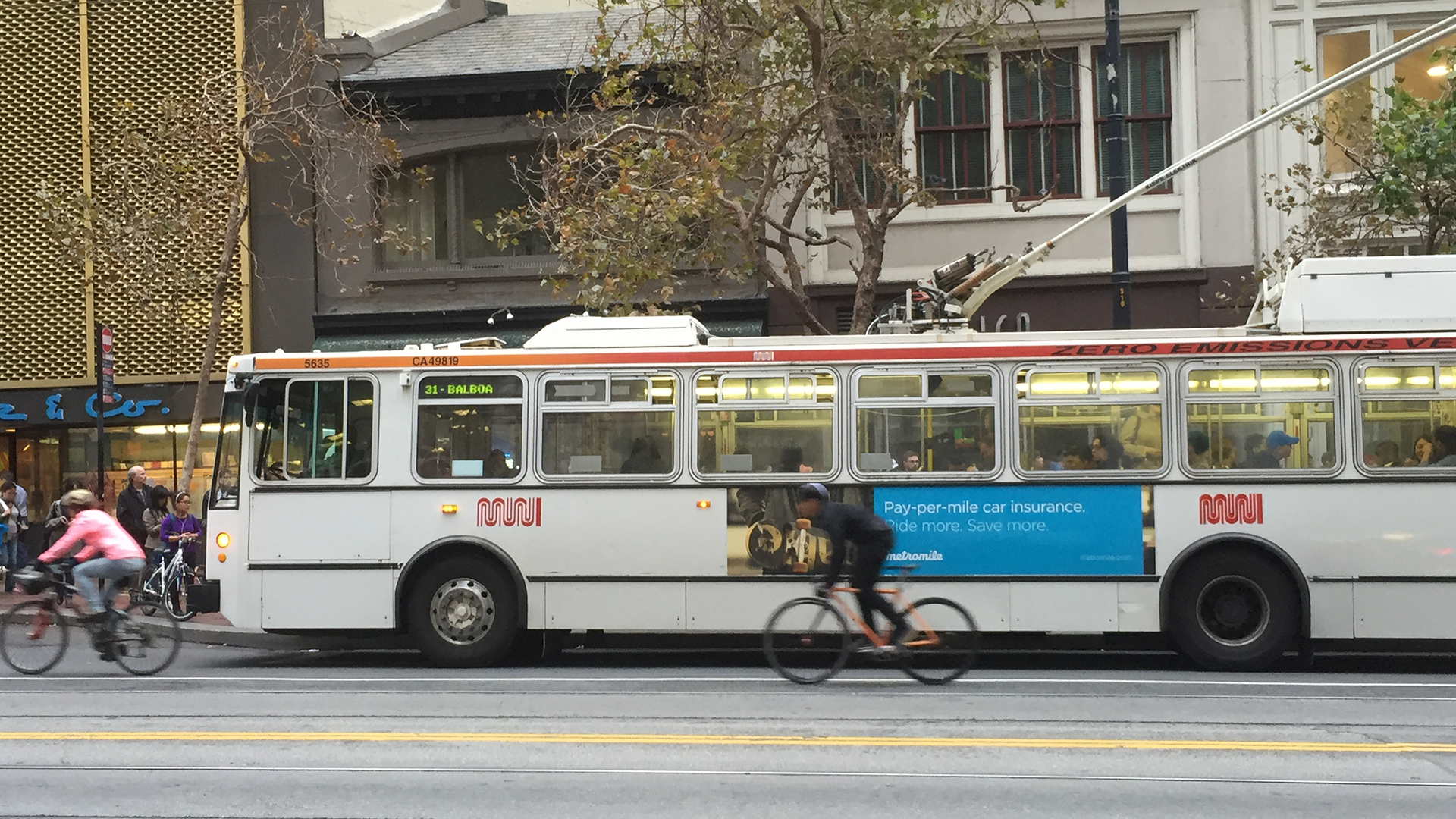November 2, 2022
How can we make roadways safe for all users? This has long been a challenge for public agencies, transportation planners, and designers. Our culture is car-centric, and most design decisions are based on the often-unarticulated assumption that drivers’ needs should come first.
NCHRP Report 1036: Roadway Cross-Section Reallocation: A Guide sets a new safety standard for all users, including transit riders, pedestrians, and bicyclists. The step-by-step framework presented in this guide helps planners, designers, and anyone interested in helping build safer communities assess the potential impacts of different roadway space allocation choices and understand the inevitable tradeoffs.

NCHRP Report 1036: Guide for Roadway Cross Section Reallocation sets a new safety standard for all users, including transit riders, pedestrians, and bicyclists.
“The most important thing is not to change people’s minds, but to be honest about the choices on the table and describe them fairly,” said Conor Semler, a principal planner at Kittelson and the report’s principal author.
"The most important thing is not to change people's minds, but to be honest about the choices on the table and describe them fairly."
- Conor Semler, Principal Planner
The guide emphasizes the importance of context and community priorities when deciding which tradeoffs are acceptable and which are not. Multiple access points for businesses or uninterrupted sidewalks? Free flow for drivers or signalized crossings for pedestrians? Ample parking or protected bike lanes? Honest conversations need to happen early in the process to ensure that safety for all users is considered when designing a roadway’s cross section and the resulting roadway cross section reflects the community’s true desires.
Every community has different priorities and contexts to be considered. Impacts on local business and the economy are top priority for some communities. Others wish to focus on climate change impacts and moving away from a car-centric culture towards one that emphasizes walking and biking. No matter what the community’s priorities, safety for all roadway users should be a consideration. Emphasizing pedestrians and cyclists can have a positive impact on health, safety, and equity in all contexts. Along with safety, the vision of a community must be considered when planning a cross section, and this guide allows for those decisions in a step-by-step framework that discusses all these various perspectives.
 The guide’s six-step framework allows the user to determine tradeoffs and impacts. The first step defines limits and set goals; questions to consider at this stage are how much space there is to work with, what is the purpose of the road, and what are the priorities for the community.
The guide’s six-step framework allows the user to determine tradeoffs and impacts. The first step defines limits and set goals; questions to consider at this stage are how much space there is to work with, what is the purpose of the road, and what are the priorities for the community.
Step two considers the context through a safety lens; at this stage decide the minimum safety standard that is acceptable for multiple users.
Step three determines if there is enough space to design a safe road; in this stage the question of space is the focus.
Step four helps determine how to overcome barriers to safe road design for cross sections that have limited space; in this stage, other alternatives are explored such as lowering speeds, converting streets, or reducing roads and/or sidewalks.
Step five allows for alternative designs for roadways that have more space; at this stage, ideas such as bus-only lanes, wider bike lanes, parking, medians, and wider sidewalks can be considered.
Step six compares the outcomes of all previous stages and allows for a determination of a cross section that will serve the needs of the users and provide a minimum standard of safety. In-depth guidance and ideas follow each step to help make complicated decisions about roadway safety and design easier to understand and navigate.
The guide is simple to follow and easy to use. It expands on many aspects of cross section allocation that have been overlooked in the past and seeks to provide a roadmap for the future. It includes a spreadsheet tool for use as practitioners consider each step and numerous helpful case studies.
Conor’s co-authors include Kittelson team members Meredyth Sanders, Camilla Dartnell, Mike Alston, Sophia Semensky, Laura Ahramjian, and Katie Taylor; Rebecca Sanders of Safe Streets Research & Consulting; and Mary Elbech and Zach Vanderkooy of Mobycon.
The guide is dedicated to NCHRP project panelist Jeremy Fletcher of Florida Department of Transportation, who passed away in June 2022.
NCHRP Report 1036: Roadway Cross-Section Reallocation: A Guide is available on the TRB website. We invite you to read and encourage you to reach out to Conor Semler with comments or questions!
